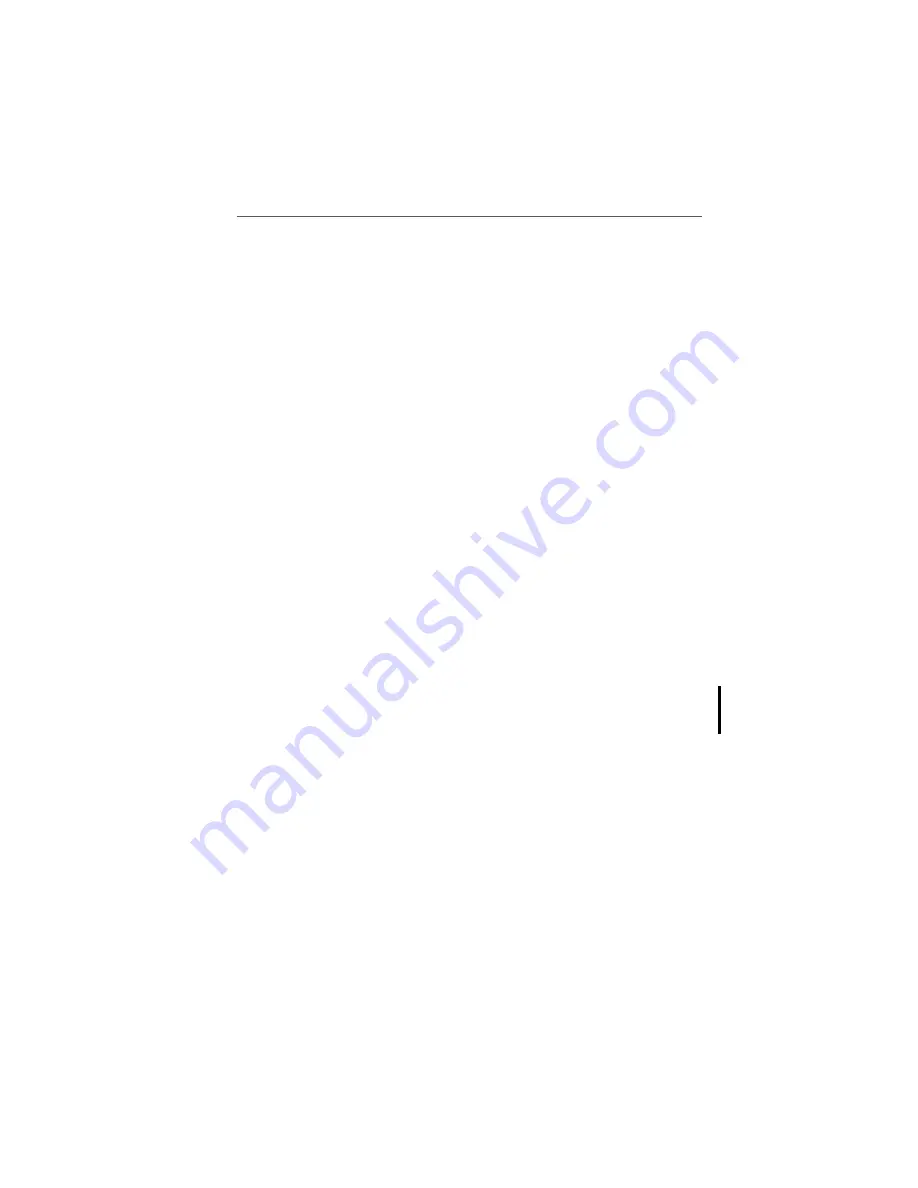
C
IRRUS
D
ESIGN
S
ECTION
8: H
ANDLING
AND
S
ERVICING
SR20
S
ERVICING
P/N 11934-005
8-17
Fuel Contamination and Sampling
Typically, fuel contamination results from foreign material such as water,
dirt, rust, and fungal or bacterial growth. Additionally, chemicals and addi-
tives that are incompatible with fuel or fuel system components are also a
source of fuel contamination. To ensure that the proper grade of fuel is used
and that contamination is not present, the fuel must be sampled prior to
each flight.
Each fuel system drain must be sampled by draining a cupful of fuel into a
clear sample cup. Fuel drains are provided for the fuel gascolator, wing
tanks, and collector tank drains. The gascolator drain exits the lower engine
cowl just forward of the firewall near the airplane centerline. Fuel tank and
collector tank drains are located at the low spot in the respective tank.
If sampling reveals contamination, the gascolator and tank drains must be
sampled again repeatedly until all contamination is removed. It is helpful
to gently rock the wings and lower the tail slightly to move contaminates to
the drain points for sampling. If after repeated samplings (three or more),
evidence of significant contamination remains, do not fly the airplane until
a mechanic is consulted, the fuel system is drained and purged, and the
source of contamination is determined and corrected.
If sampling reveals the airplane has been serviced with an improper fuel
grade, do not fly the airplane until the fuel system is drained and refueled
with an approved fuel grade.
To help reduce the occurrence of contaminated fuel coming from the
supplier or fixed based operator, pilots should ensure that the fuel supply
has been checked for contamination and that the fuel is properly filtered.
Also, between flights, the fuel tanks should be kept as full as operational
conditions permit to reduce condensation on the inside of fuel tanks. In
extremely humid areas, the fuel supply should be checked frequently and
drained of condensation to prevent possible contamination.
De-Fueling
The bulk of the fuel may be drained from the wing fuel tanks by the use of
a siphon hose placed in the cell or tank through the filler neck. The
remainder of the fuel may be drained by opening the drain valves. Use the
same precautions as when refueling airplane. Refer to the AMM for specific
procedures.
• N
OTE
•
Refer to AMM Chapter 12: Servicing, Airplane De-Fueling proce-
dures for more information.
Reissue A
































